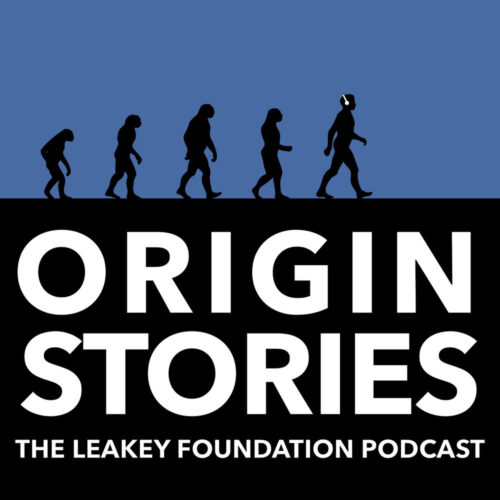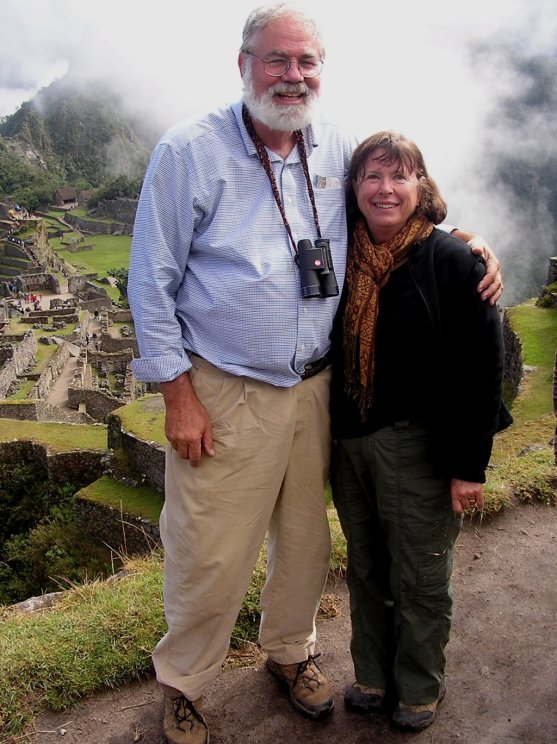Grants | The Leakey Foundation
We are pleased to announce the recipients of our fall 2022 Leakey Foundation Research Grants.
These 32 scientists embody our mission of increasing scientific knowledge and public understanding of human evolution, behavior, and survival. Their diverse research projects span the globe and cover topics that range from climate change and ancient human migration to microbe transmission and the energetics of walking, climbing, and leaping.
This cycle, 60% of our grants were awarded to PhD candidates. We look forward to sharing more about our grantees and their work as their projects progress.
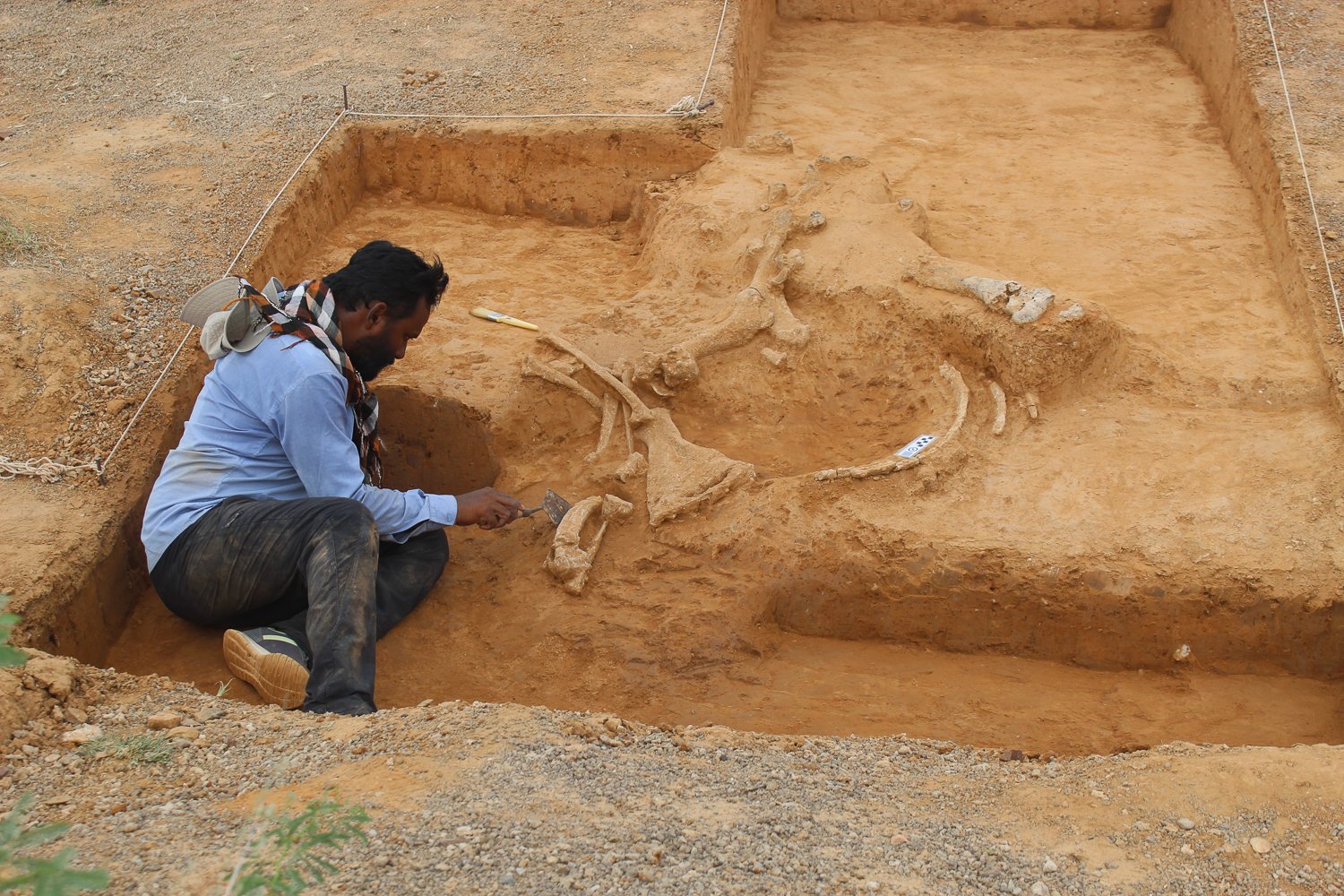
Photo credit: Mr. Zakir Khan
Devara Anil, Maharaja Sayajirao University of Baroda: Investigating multiple fossil beds from Motravulapadu, Andhra Pradesh: Implications for faunal responses to climatic, volcanic, and anthropogenic-driven changes during the Late Pleistocene in South Asia
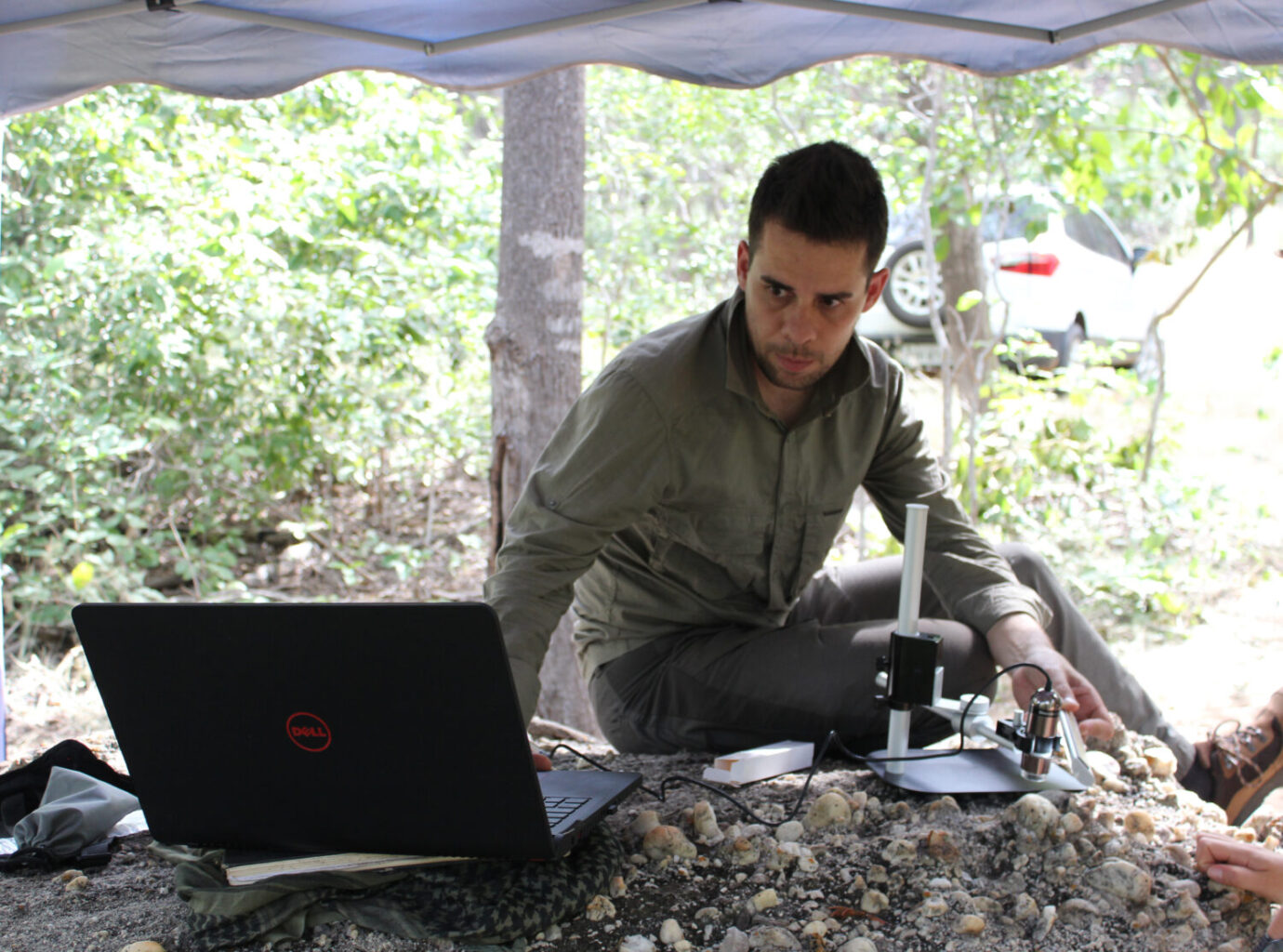
Photo credit: Tomos Proffitt
Adrián Arroyo, Institut Català de Paleoecologia Humana i Evolució Social: Savanna chimpanzee technology from Dindefelo (Senegal)
Isabelle Clark, University of Texas at Austin: The development of territorial conflict and group identity in wild chimpanzees
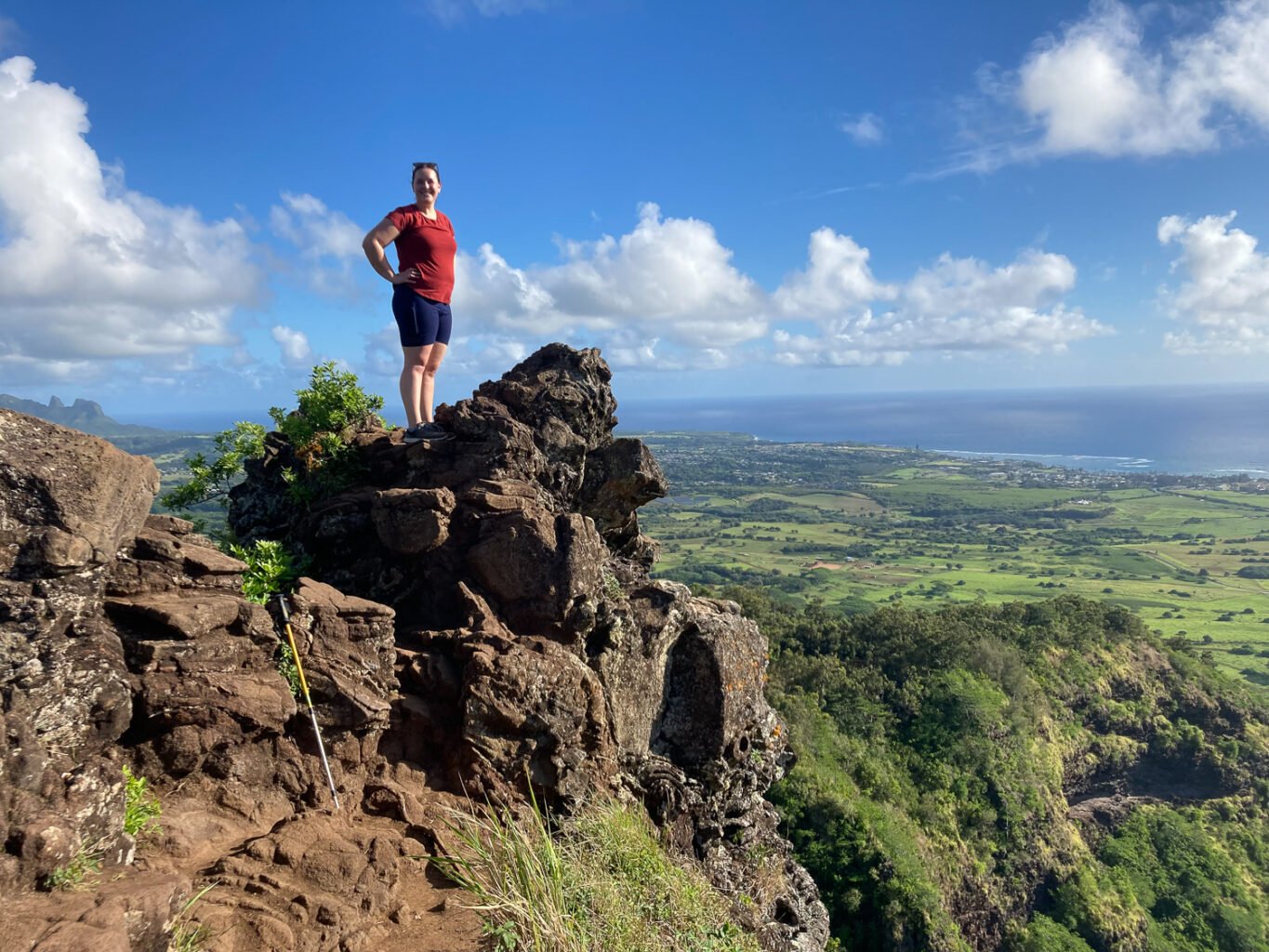
Rebecca Cook, Duke University: Biomechanics of the early Homo pelvis using finite element analysis
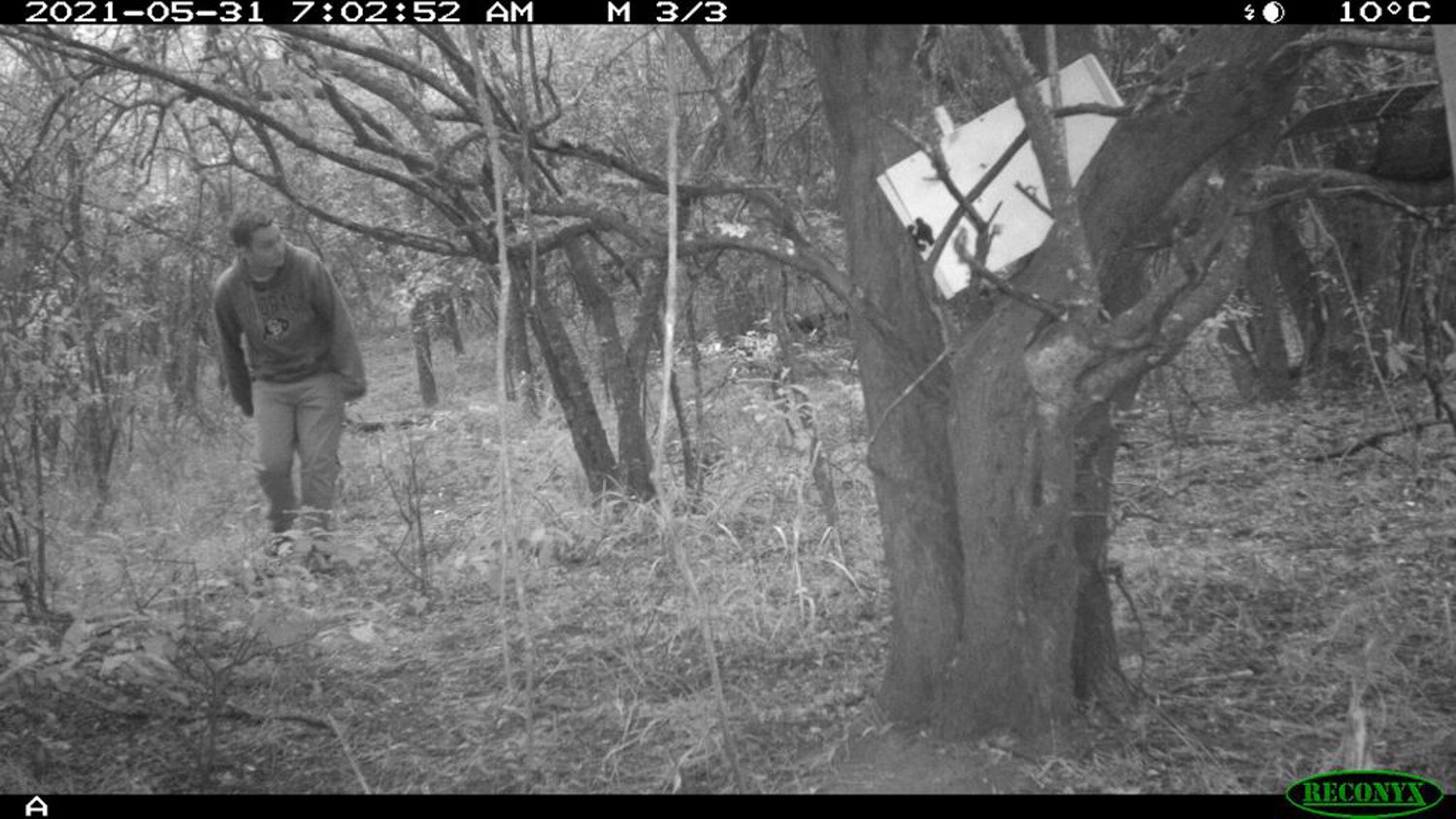
John Dalton, University of Colorado: Cognitive ecology of a nocturnal strepsirrhine primate and its implications on primate cognitive evolution
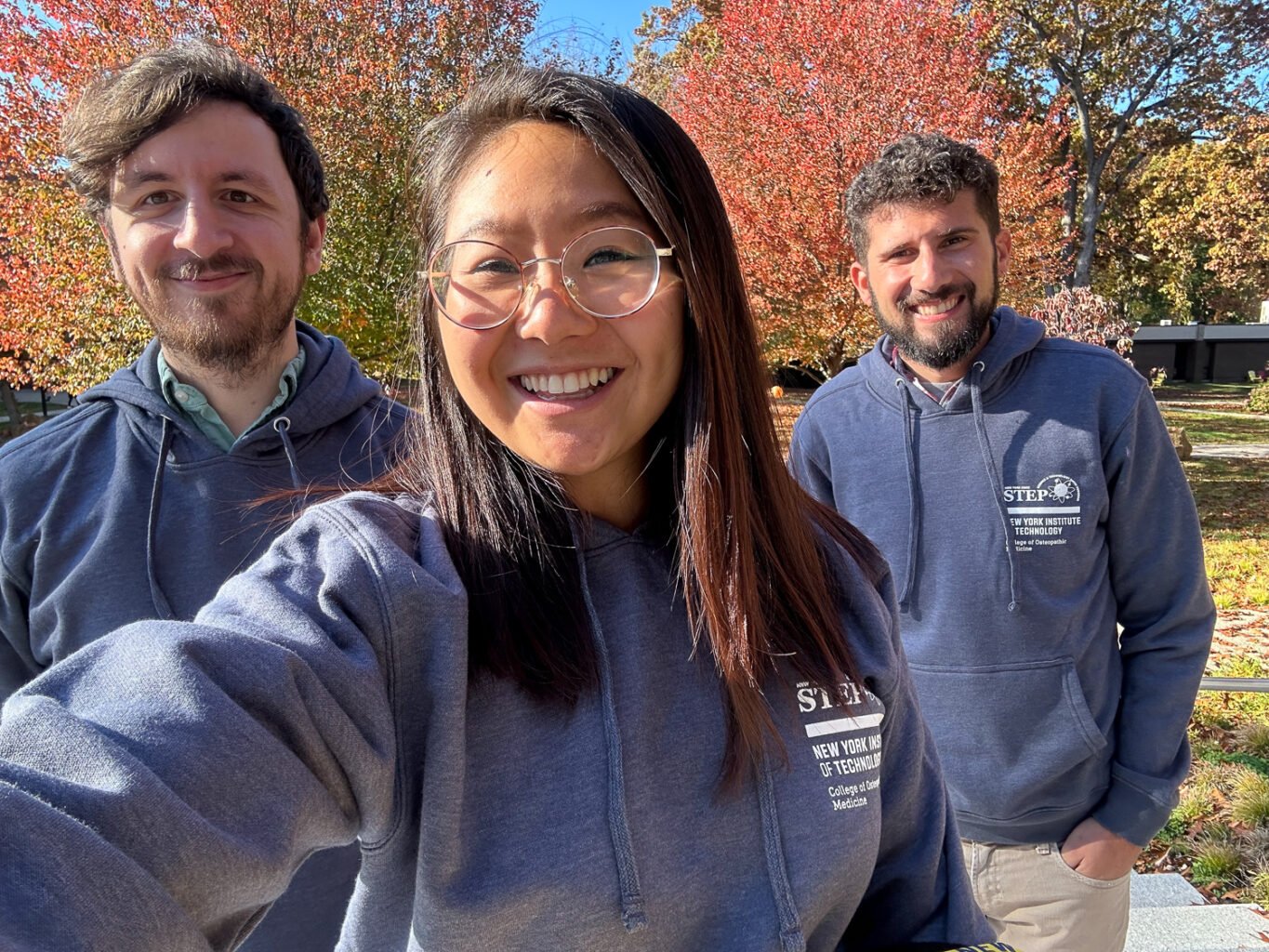
Edwin Dickinson, New York Institute of Technology: Determinants of grasping strength in primates
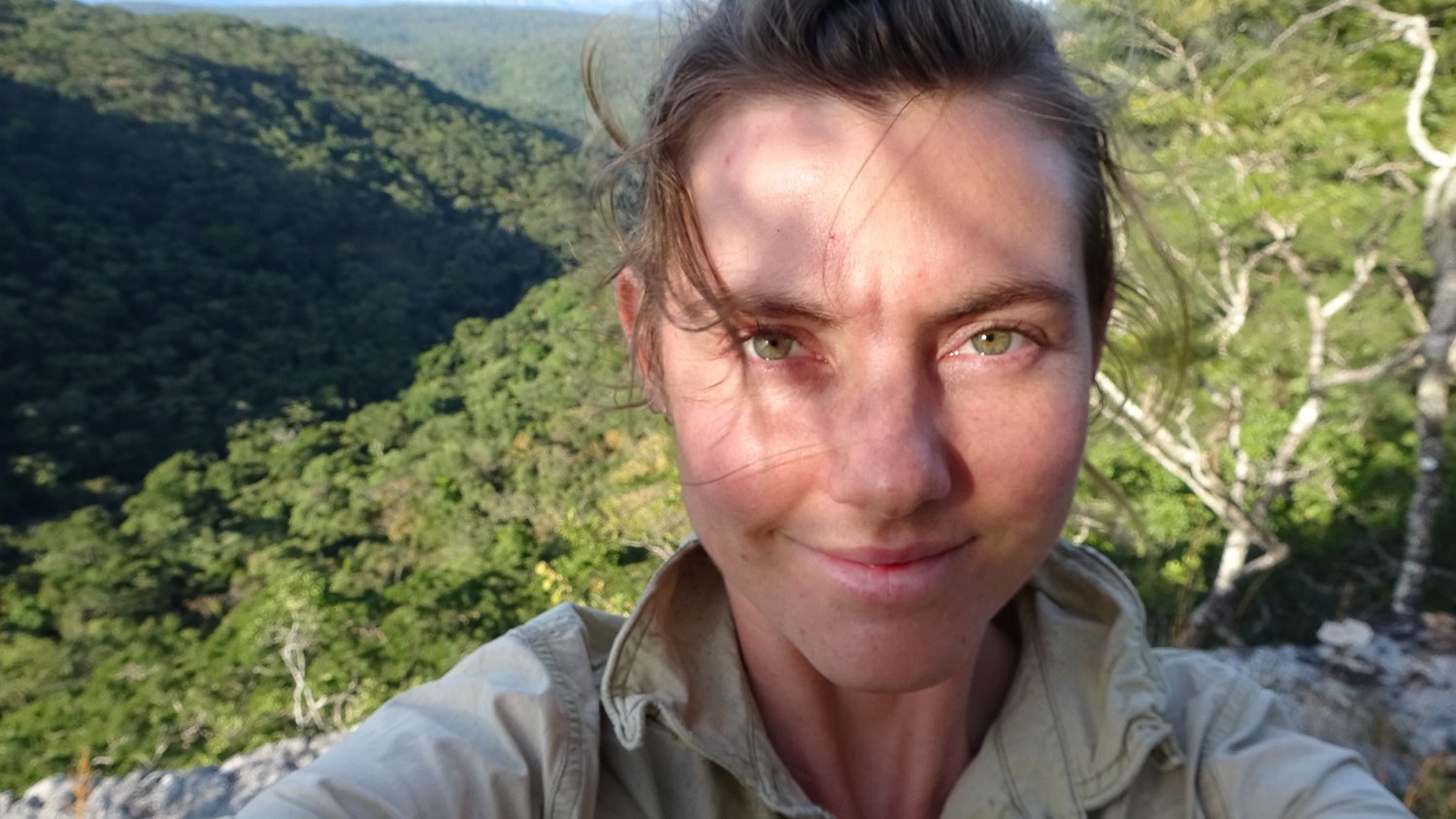
Rhianna Drummond-Clarke, University of Kent: Ecological drivers of bipedalism and arboreality in savanna-dwelling chimpanzees
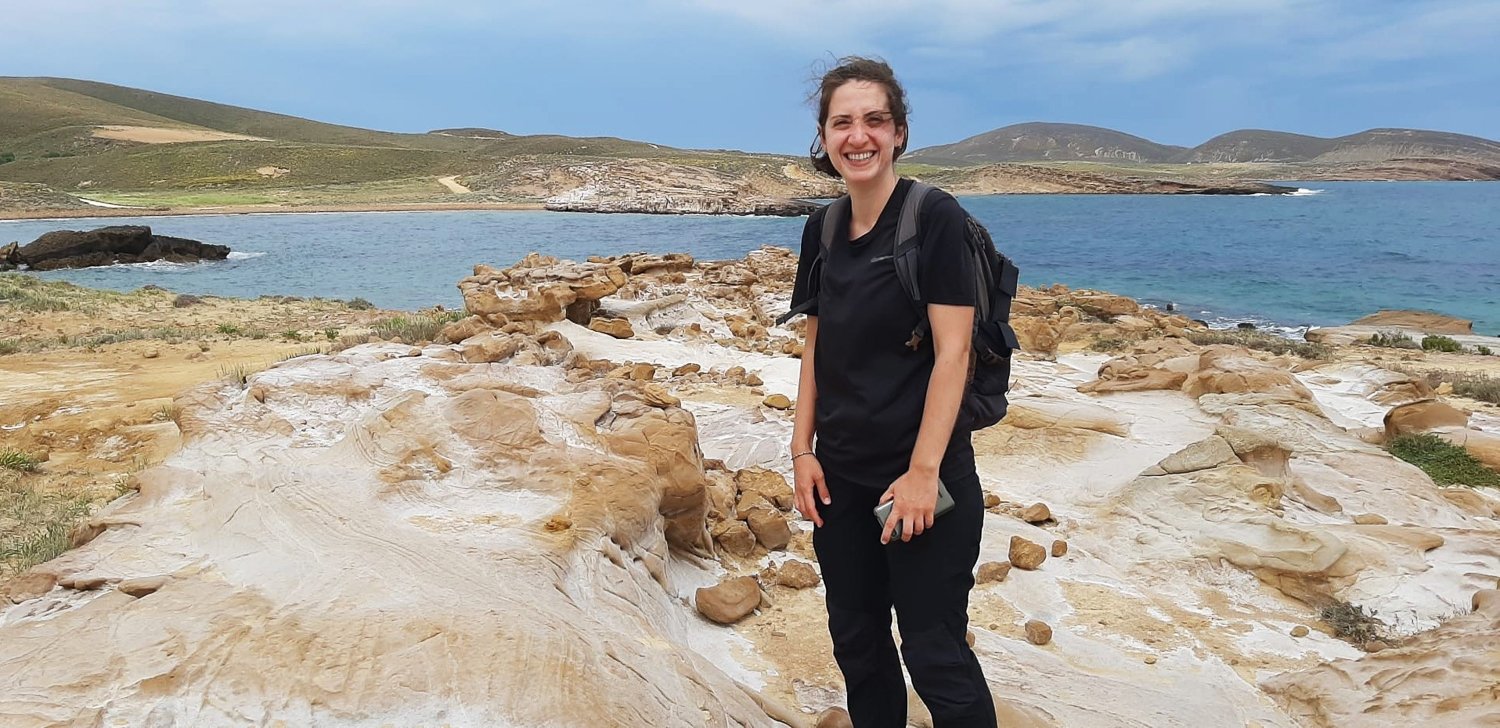
Photo credit: Desgew Zerihun Mekonnen
Anastasia Eleftheriadou, Universidade do Algarve: Geo-archaeoinformatic approaches and multiscale mapping of coastal paleosols and archaeology in eastern South Africa

Photo credit: Elizabeth Nelson
Zandra Fagernäs Globe Institute, University of Copenhagen: Decontamination of skeletal elements for the palaeoproteomic study of hominin evolution
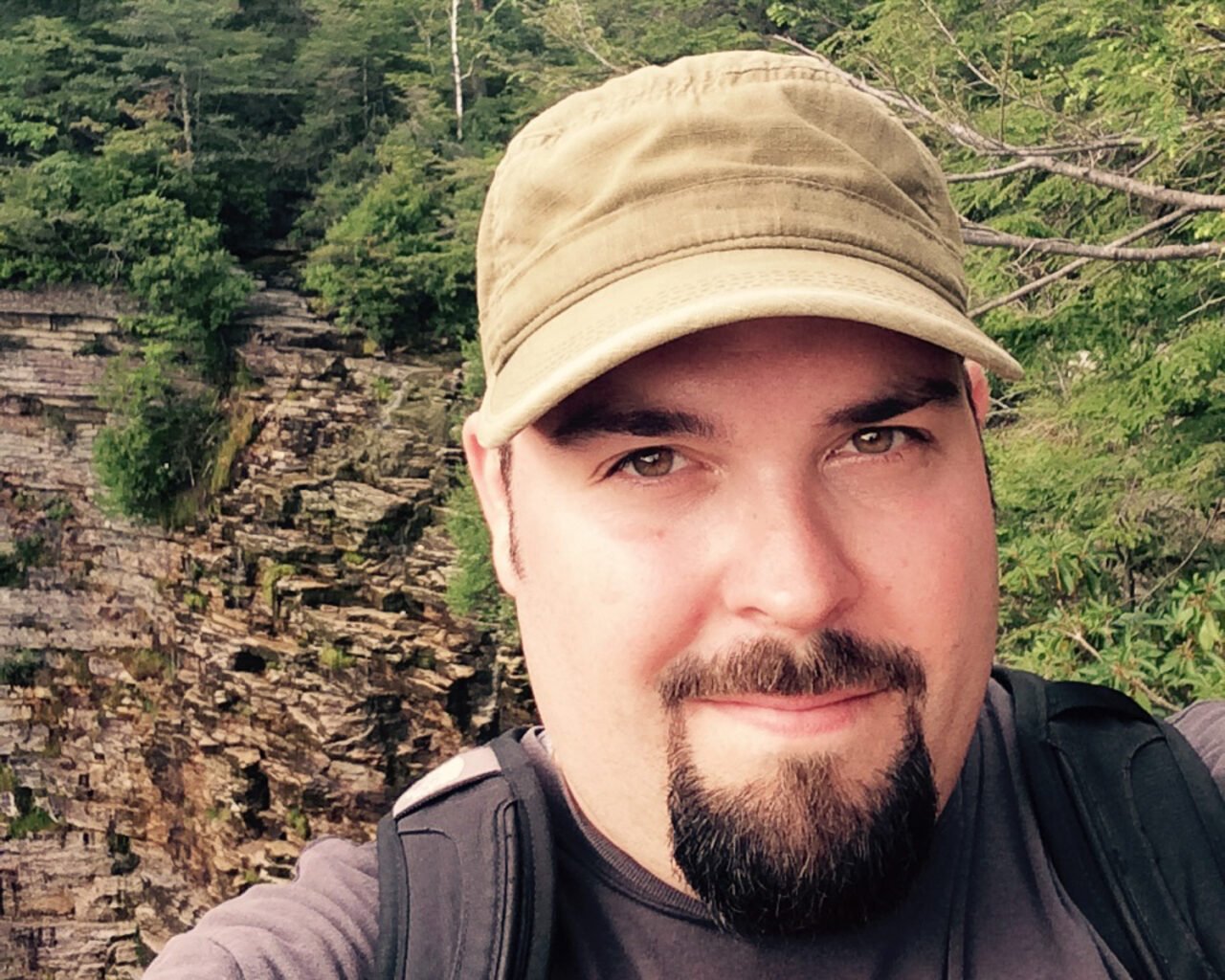
Christian Gagnon, Boston University: Validating selection using expression UCP1 in fibroblast-derived brown adipocytes
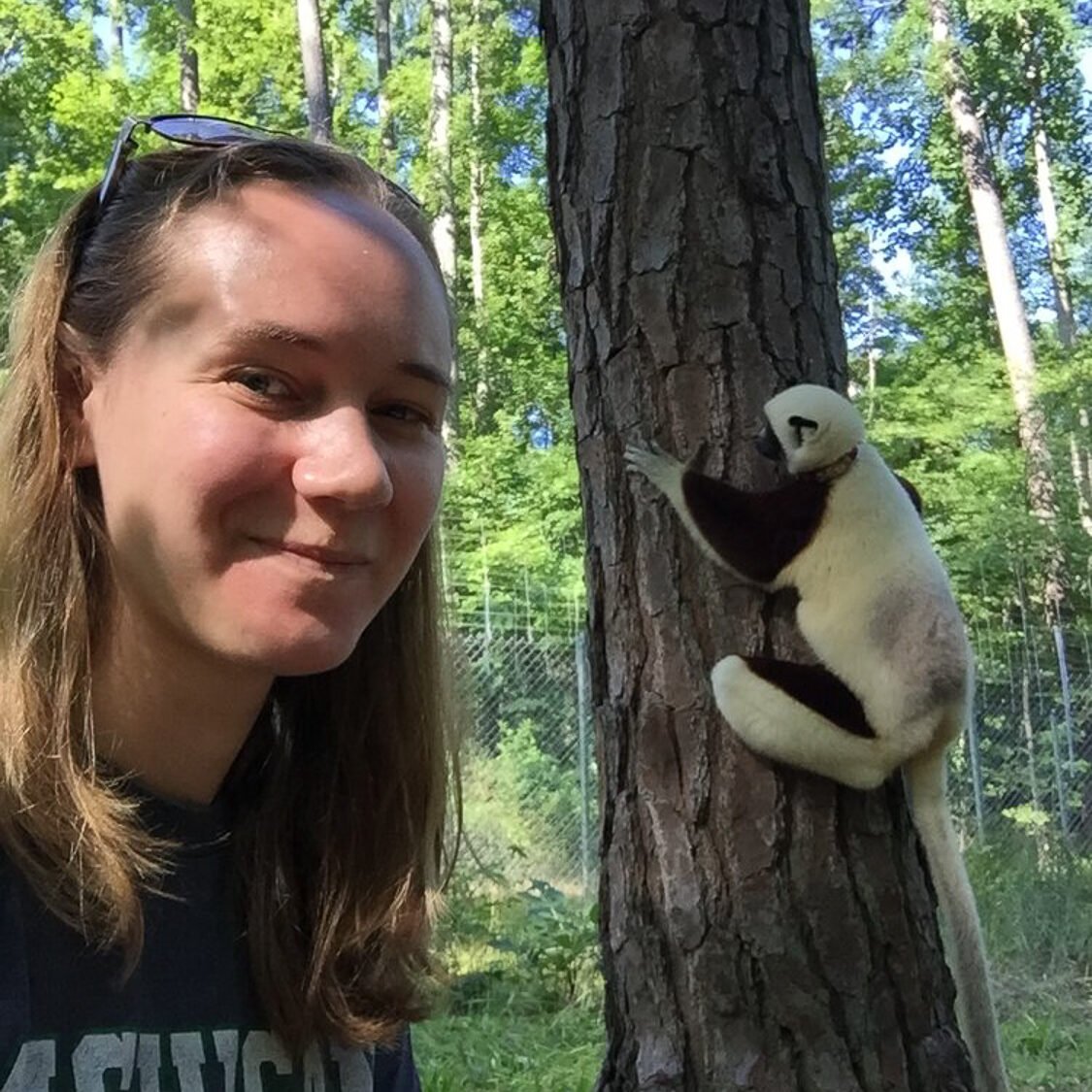
Neysa Grider-Potter, University of Texas at San Antonio: Locomotor energetics in sifaka: Contexts and consequences of terrestrial locomotion using arboreal anatomy
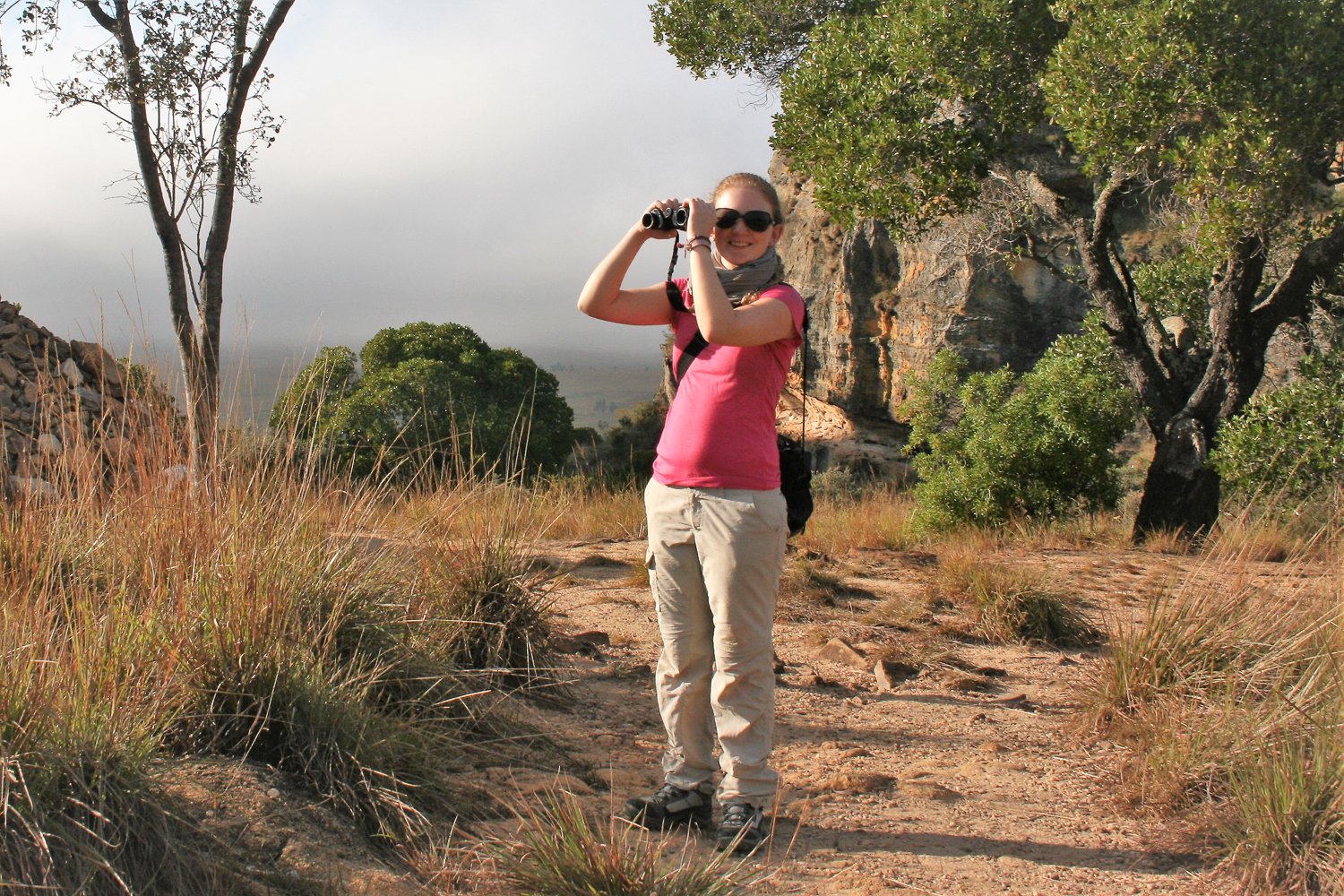
Johanna Henke-von der Malsburg, Max Planck Institute for Evolutionary Anthropology: Assessing stone-tool selection decisions in wild Burmese long-tailed macaques

Nicholas Holowka, State University of New York at Buffalo: The kinematics and energetics of natural terrain walking in Batek foragers of Malaysia
Laura Hunter, University of Chicago: Carpal morphology, covariation, evolvability in catarrhines, and their impact on inferring locomotor behaviors in extinct hominoid taxa
Spencer Irvine, Yale University: Early primate locomotion: The importance of leaping to primate origins
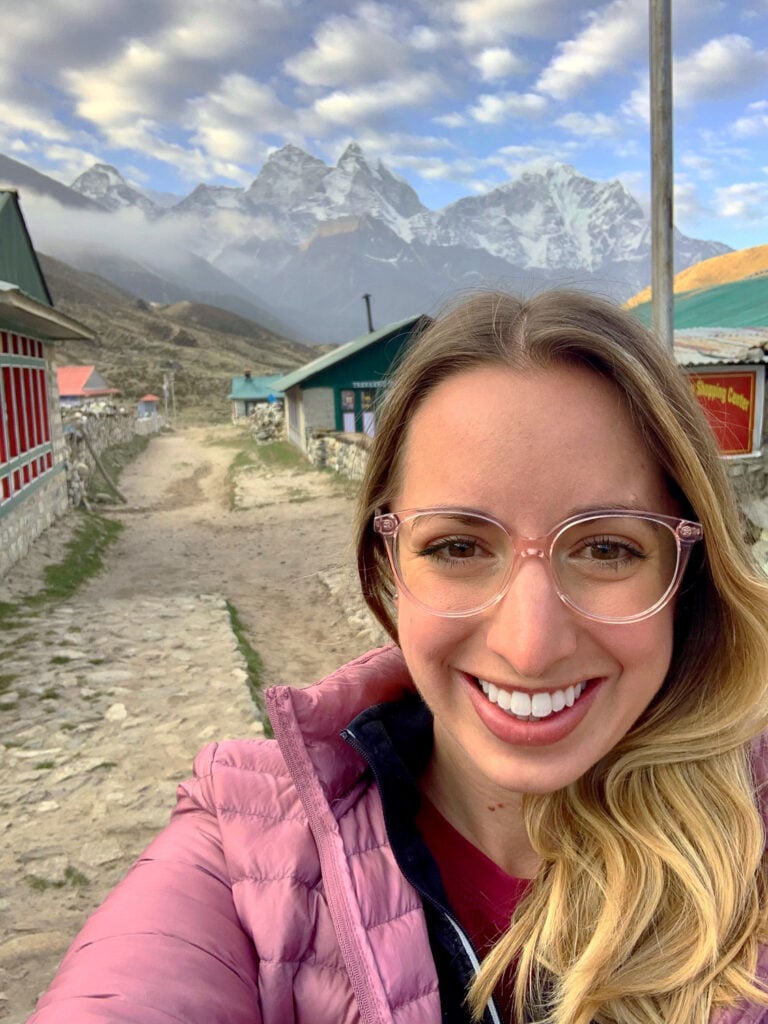
Kelsey Jorgensen, University of California, Los Angeles: How does hypoxic stress shape the genomic and physiological evolution of Nepali Sherpa?
Catherine Kitrinos, University of Massachusetts, Amherst: Bats, baboons, and berries: Microbial transmission at Kasanka National Park
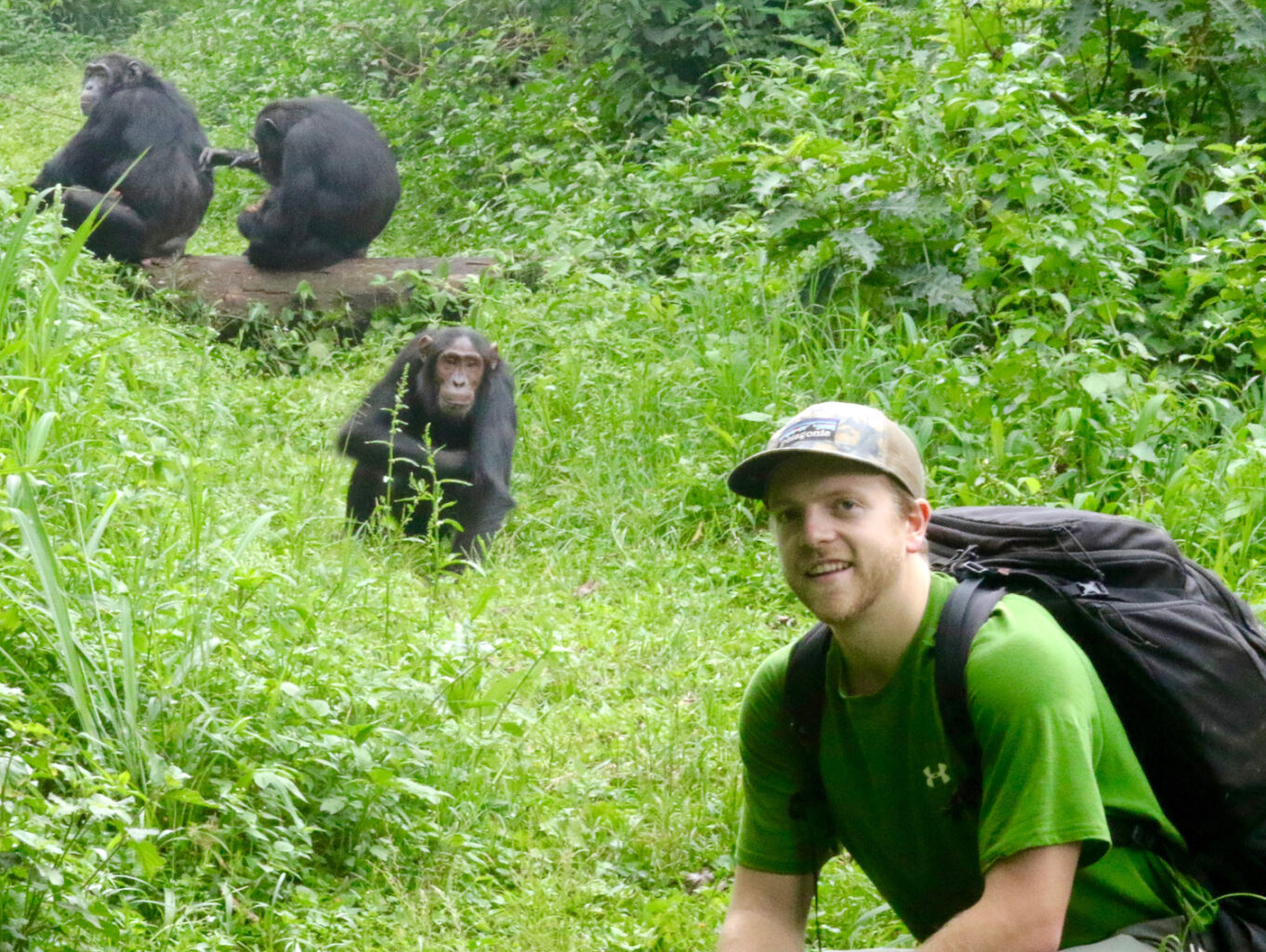
Photo credit: Elaine Kozma
John Lower, University of New Mexico: Mechanisms of collective inter-group aggression among wild chimpanzees in Uganda
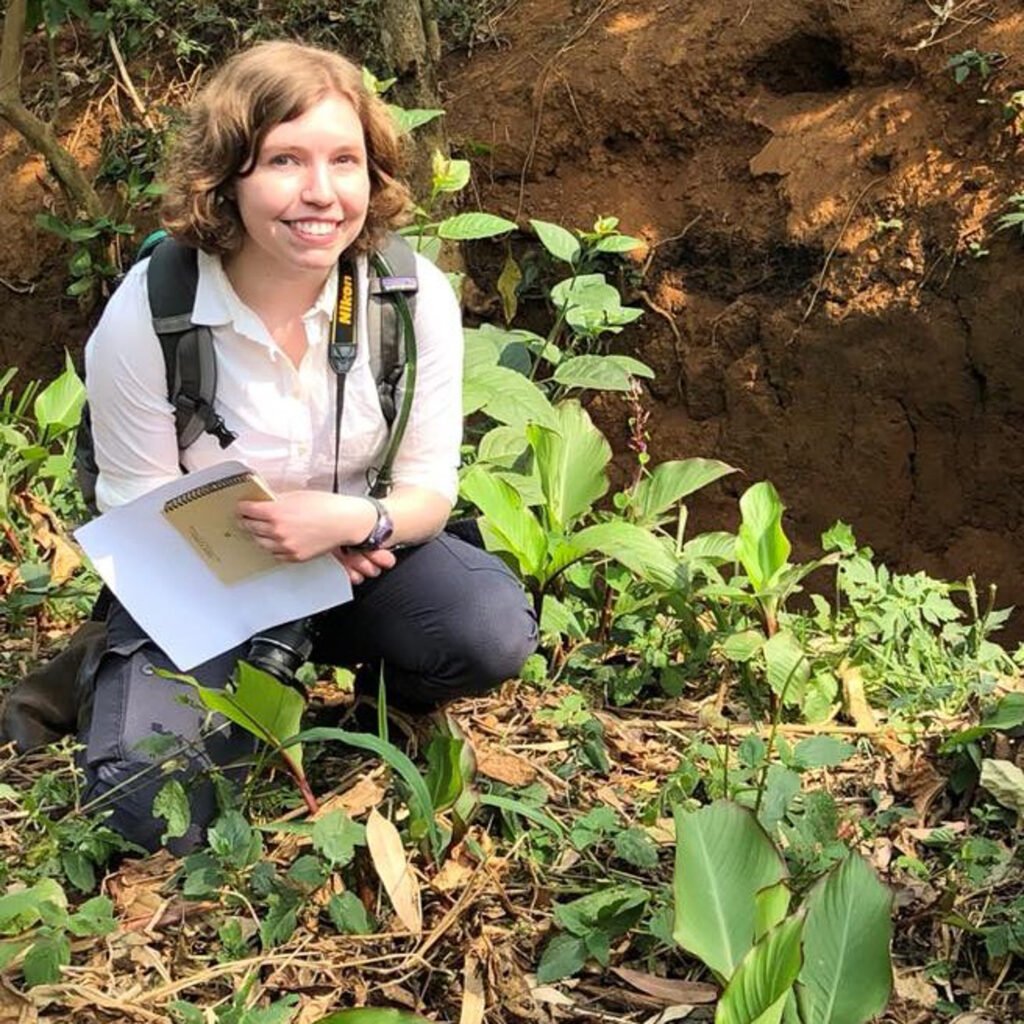
Photo credit: Jessica Rothman
Sara Lucci, University of Texas at San Antonio: Early life adversity and gut microbiota composition in Colobus vellerosus
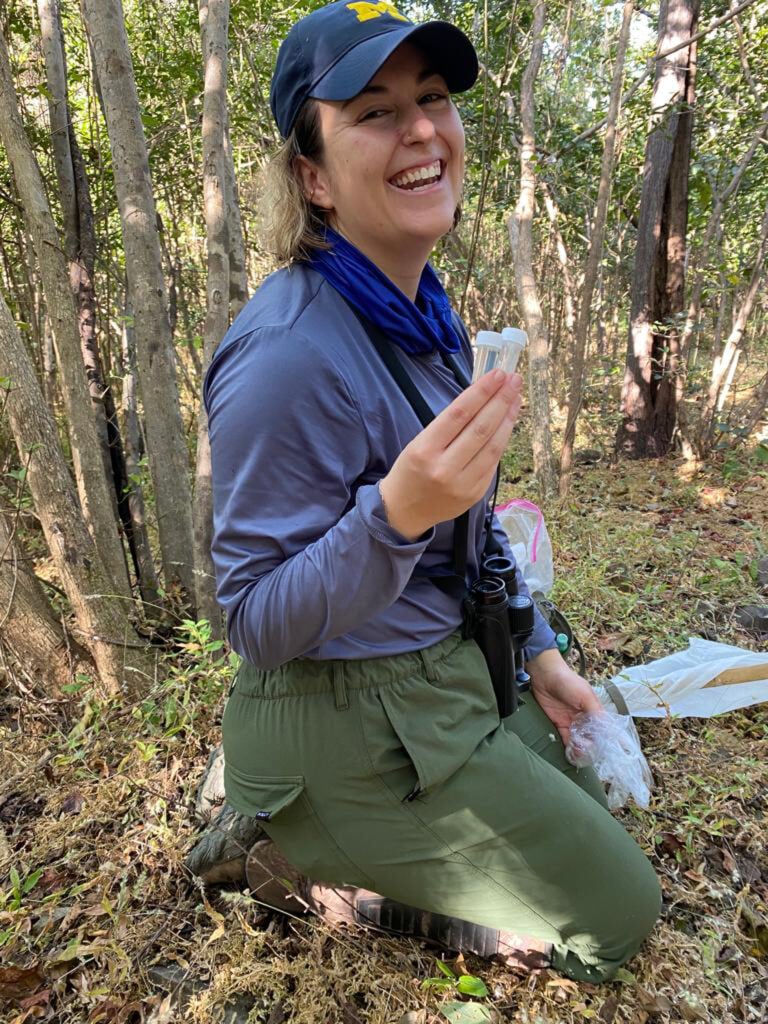
Jordan Lucore, University of Michigan: Gut microbiome-host endocrine interactions in white-faced capuchins
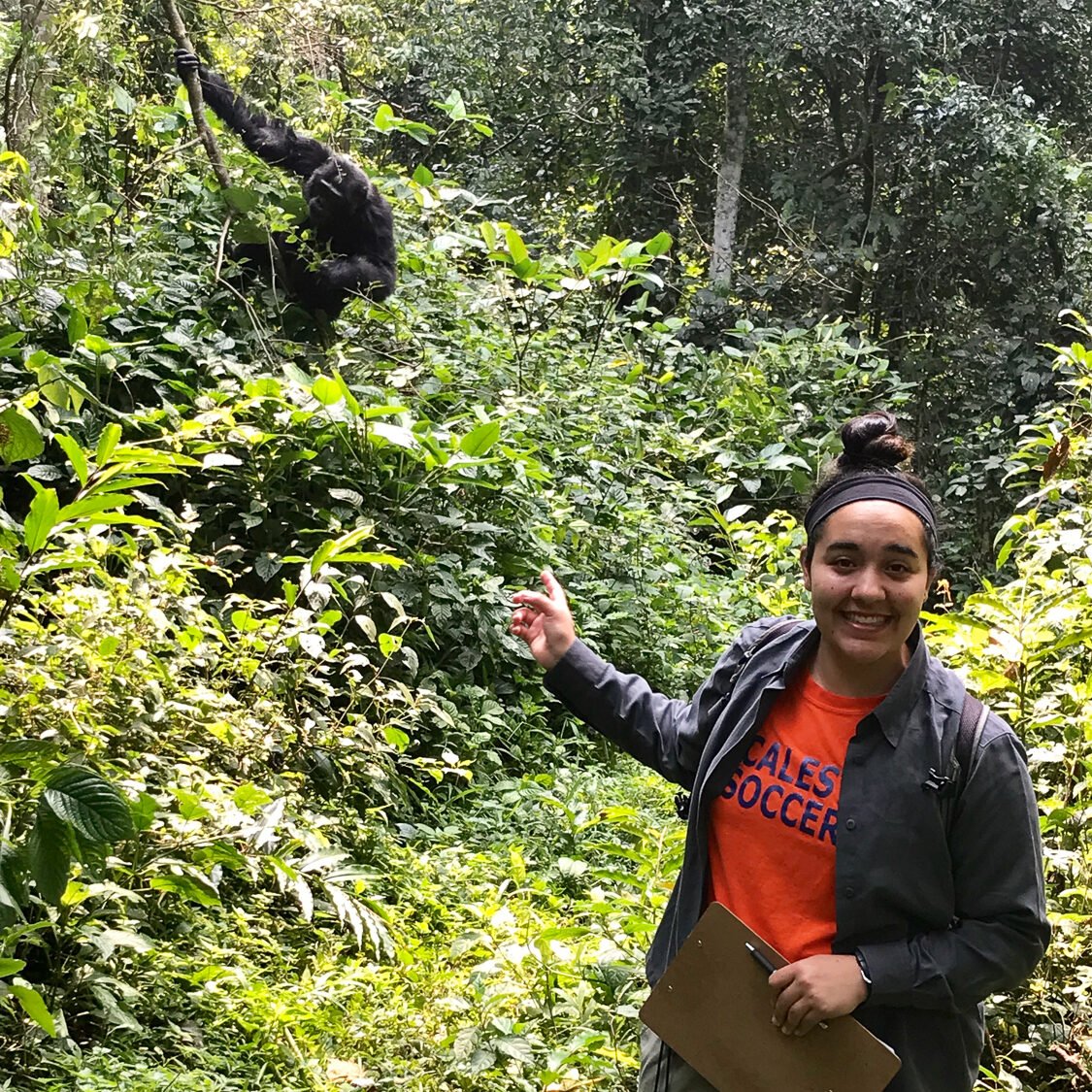
Risa Luther, University of Minnesota: Differential tooth wear among primate dietary categories
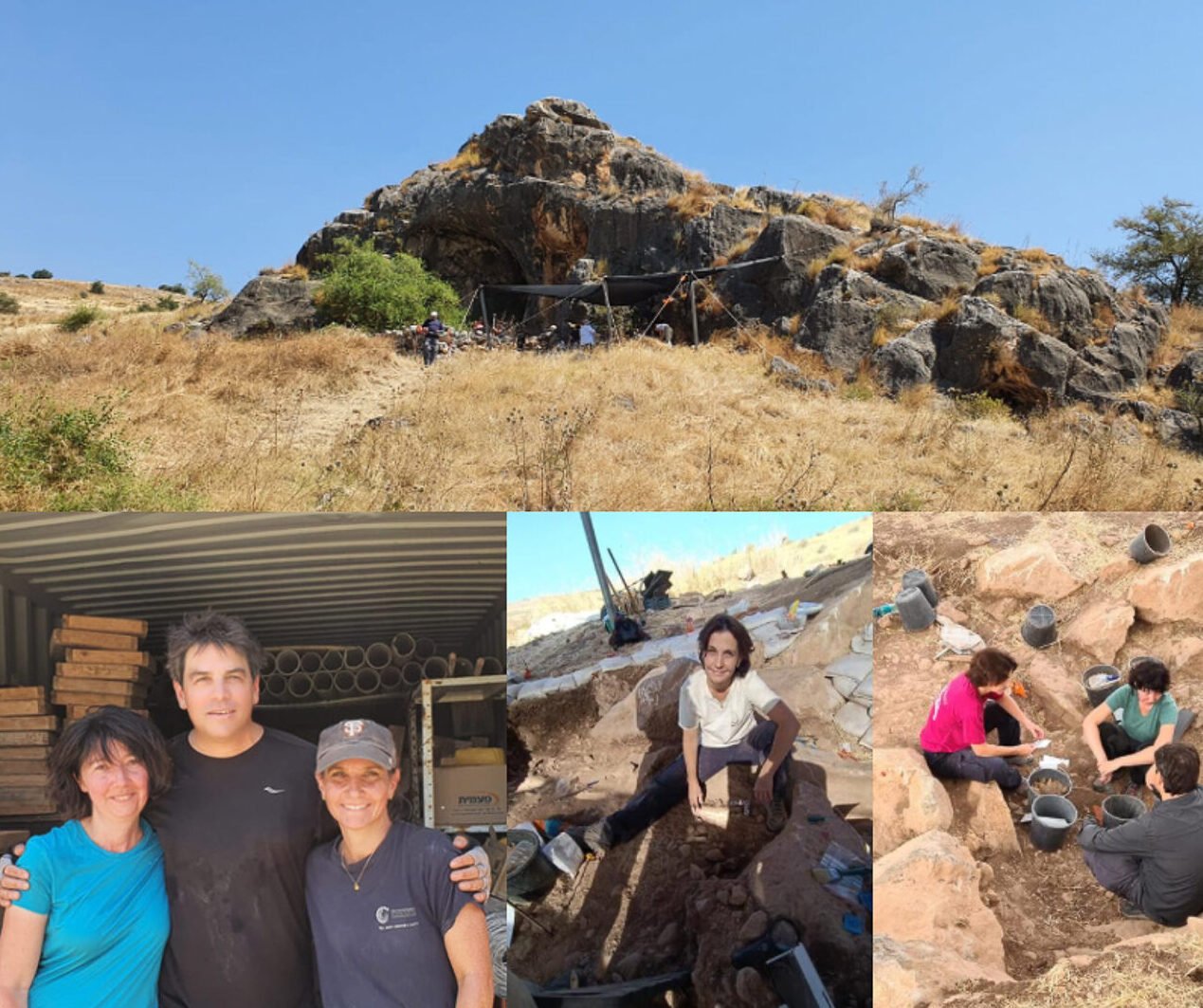
Hila May, Tel Aviv University: Back to Emireh Cave: Tracing the origin of modern humans
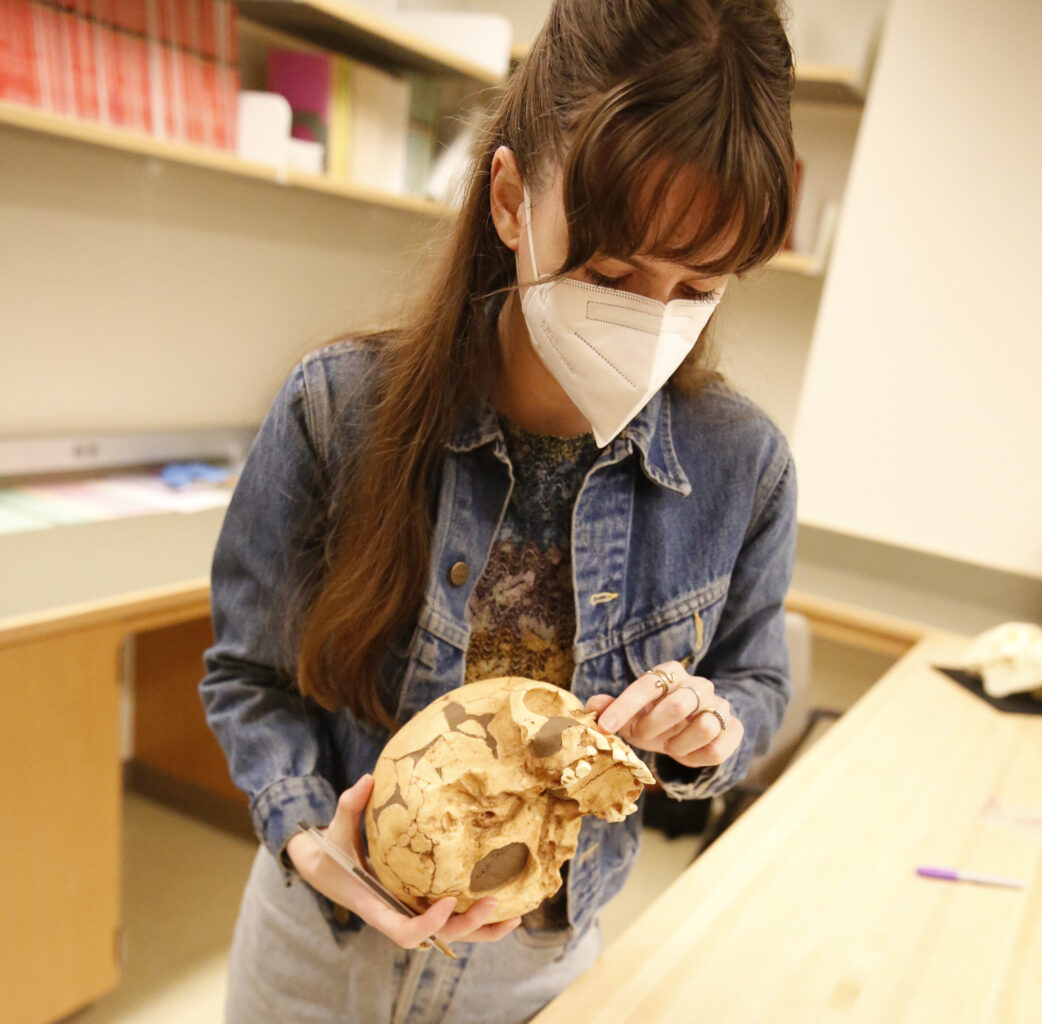
Kate McGrath, State University of New York, Oneonta: 3D analysis of dental stress markers in the Atapuerca hominins
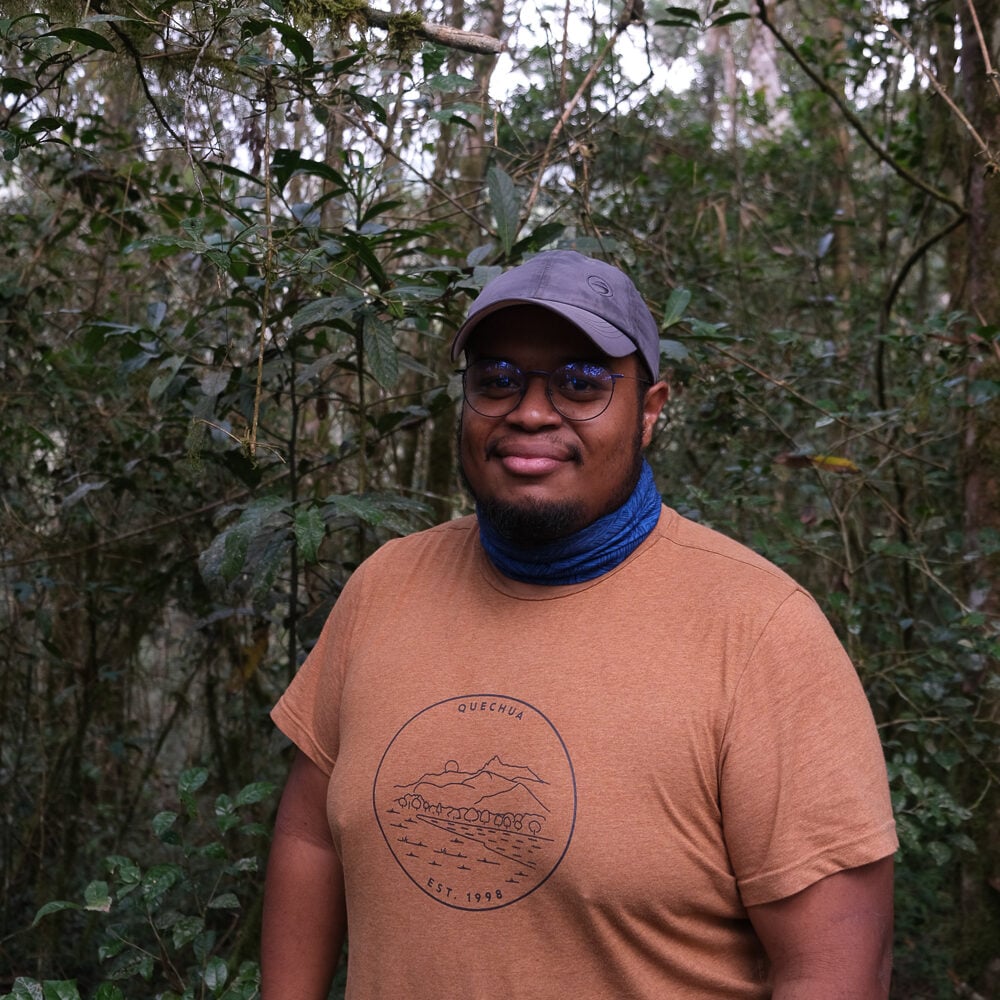
Hasinala Ramangason, University of Calgary: Feast and famine: Nutrigenomics of frugivorous lemurs in southeastern Madagascar
Jack Richardson, George Washington University: The role of social play in the development of gorillas
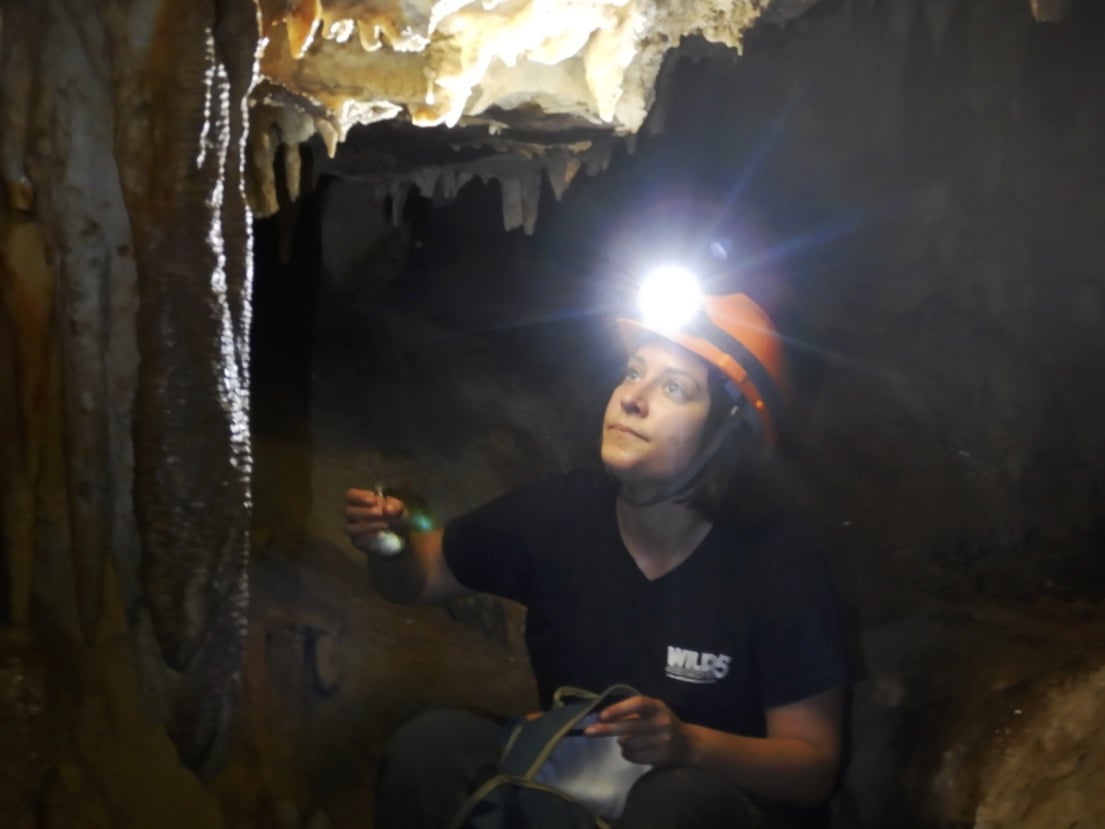
Elena Robakiewicz, University of Connecticut: Early/Mid-Pleistocene environments of Paleolake Suguta, Kenya: Implications for hominin migration and evolution
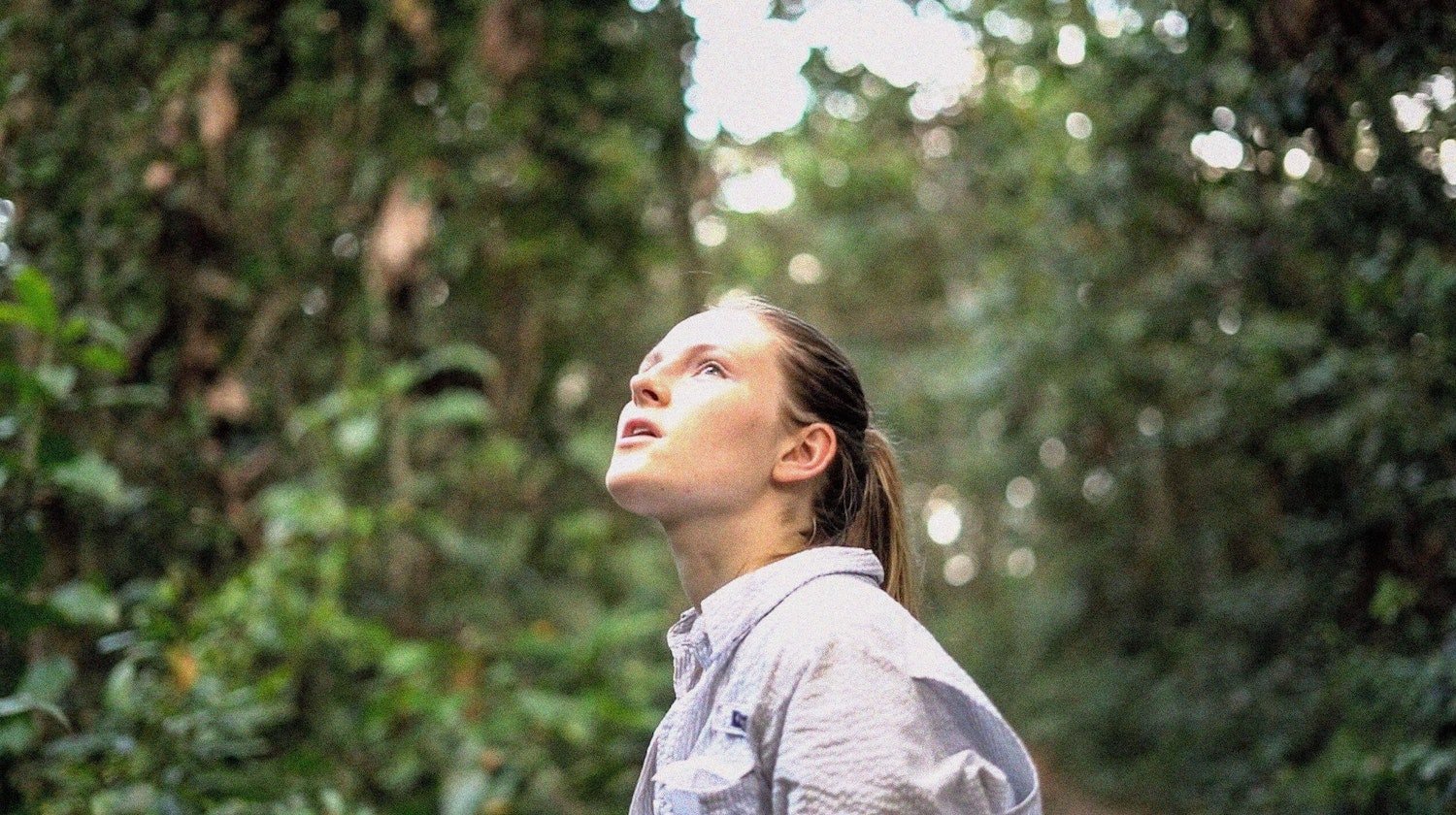
Alexandra Sacco, Washington University: A dynamic microbiome: Implications for reproduction and plasticity
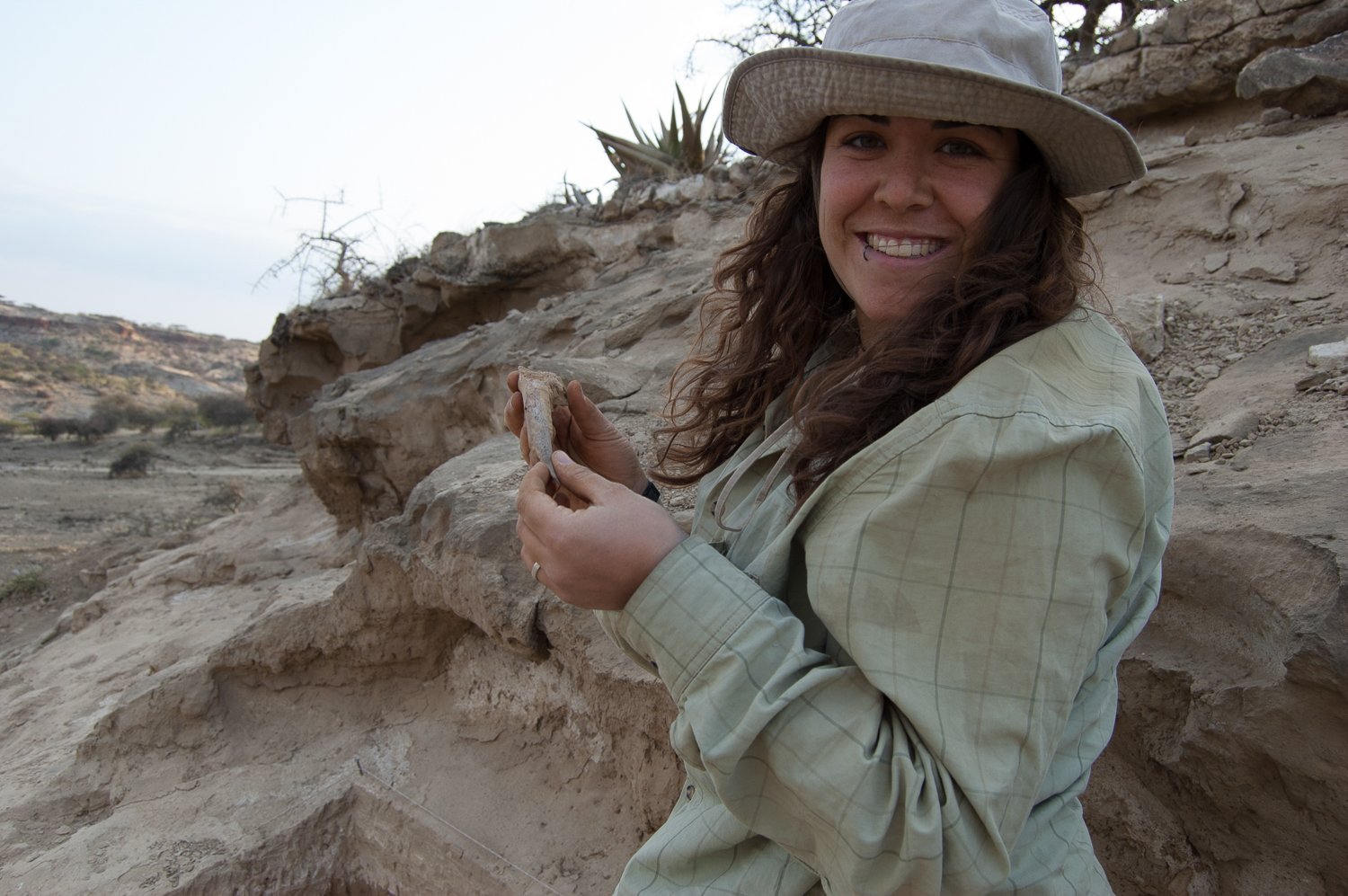
Photo credit: Dr. José Manuel Maíllo-Fernández
Irene Solano Megías, Consorcio CENIEH: Techno-cognitive skills of Homo sapiens ca. 80-70 ka: The Middle Stone Age (MSA) at Gona, Ethiopia.
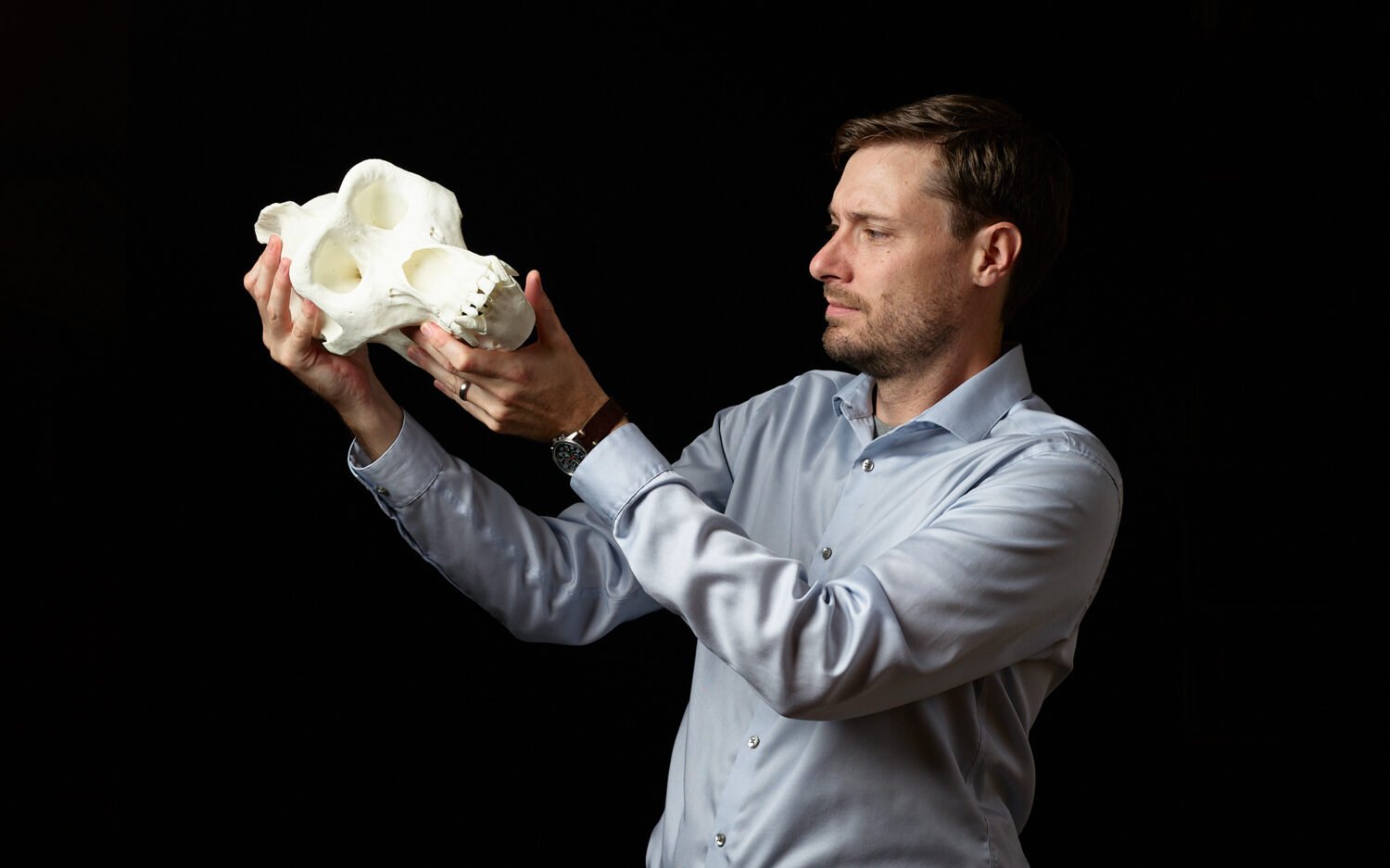
Nathan Thompson, New York Institute of Technology: Did angular momentum conservation govern the evolution of human bipedalism?
Emma Thurau, Hunter College: Balancing nutrients and toxins in wild monkey diets: A chemical phenotype approach
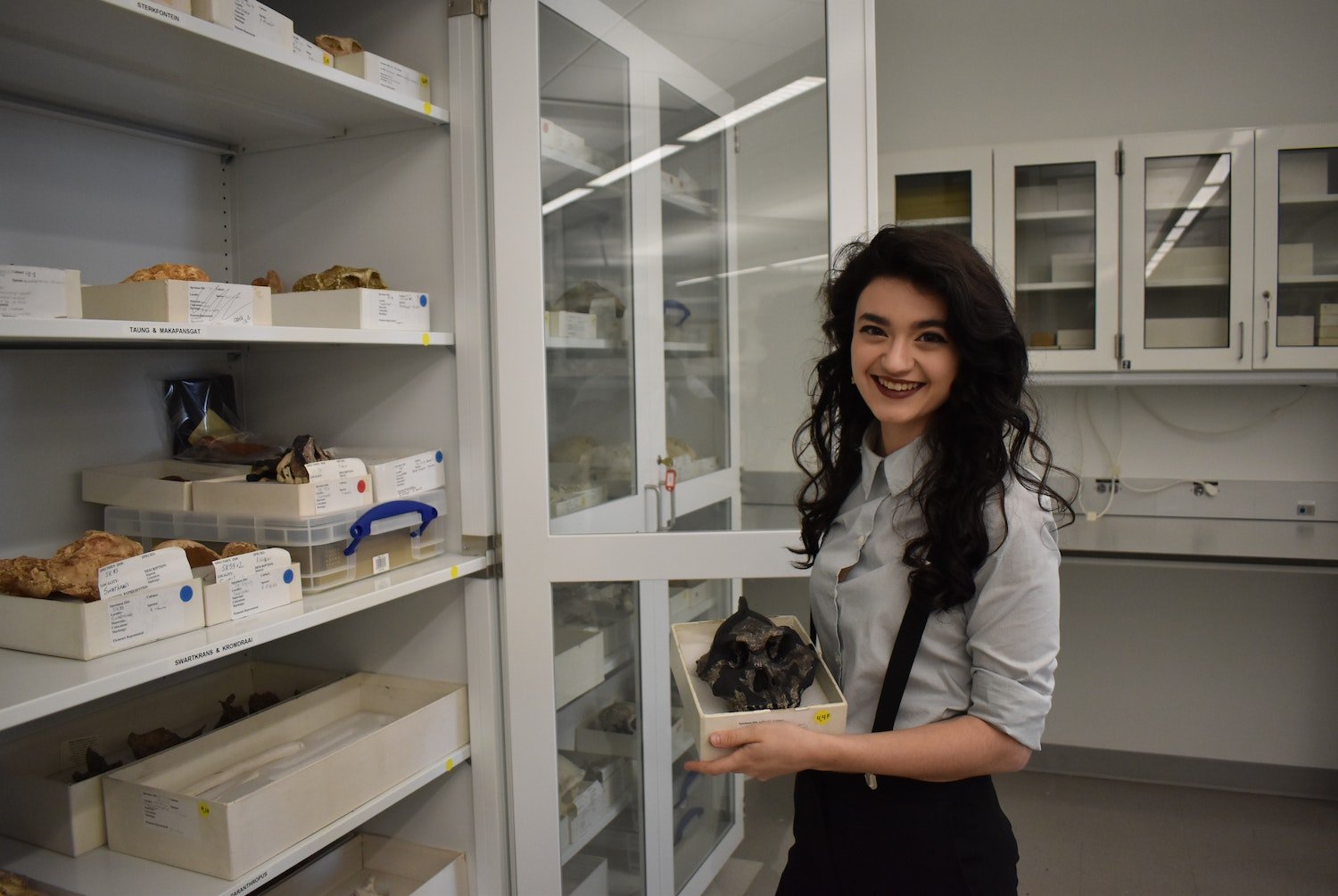
Alexis Uluutku, George Washington University: The role of character displacement and ecological niche incumbency in hominin evolution

Peter Ungar, University of Arkansas: Dental microwear and diets of Paleogene primates from the Fayum: Contributions to understanding the evolution of anthropoid communities
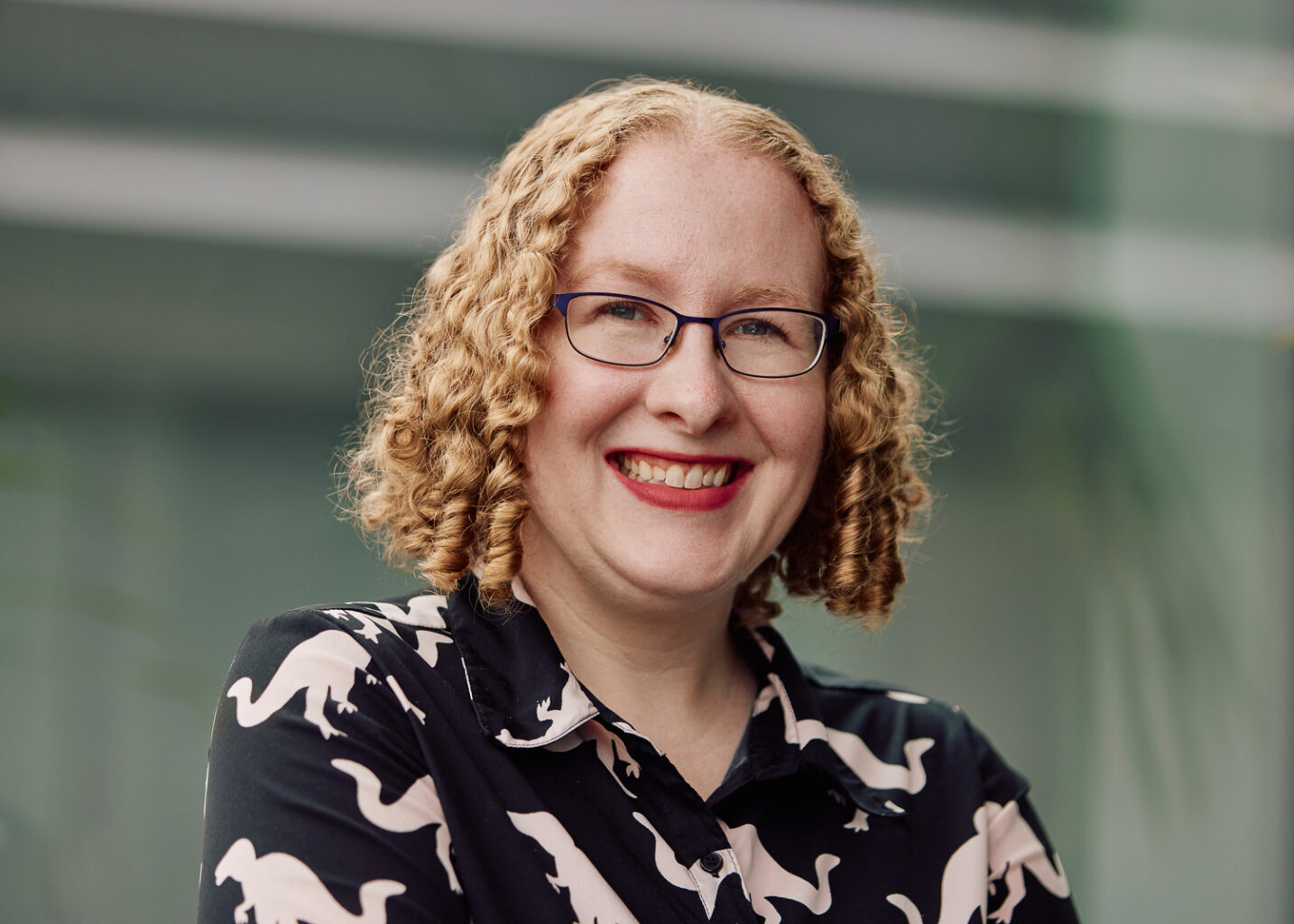
Kelsey Witt, Brown University: Identifying super-archaic introgression using demographic modeling

